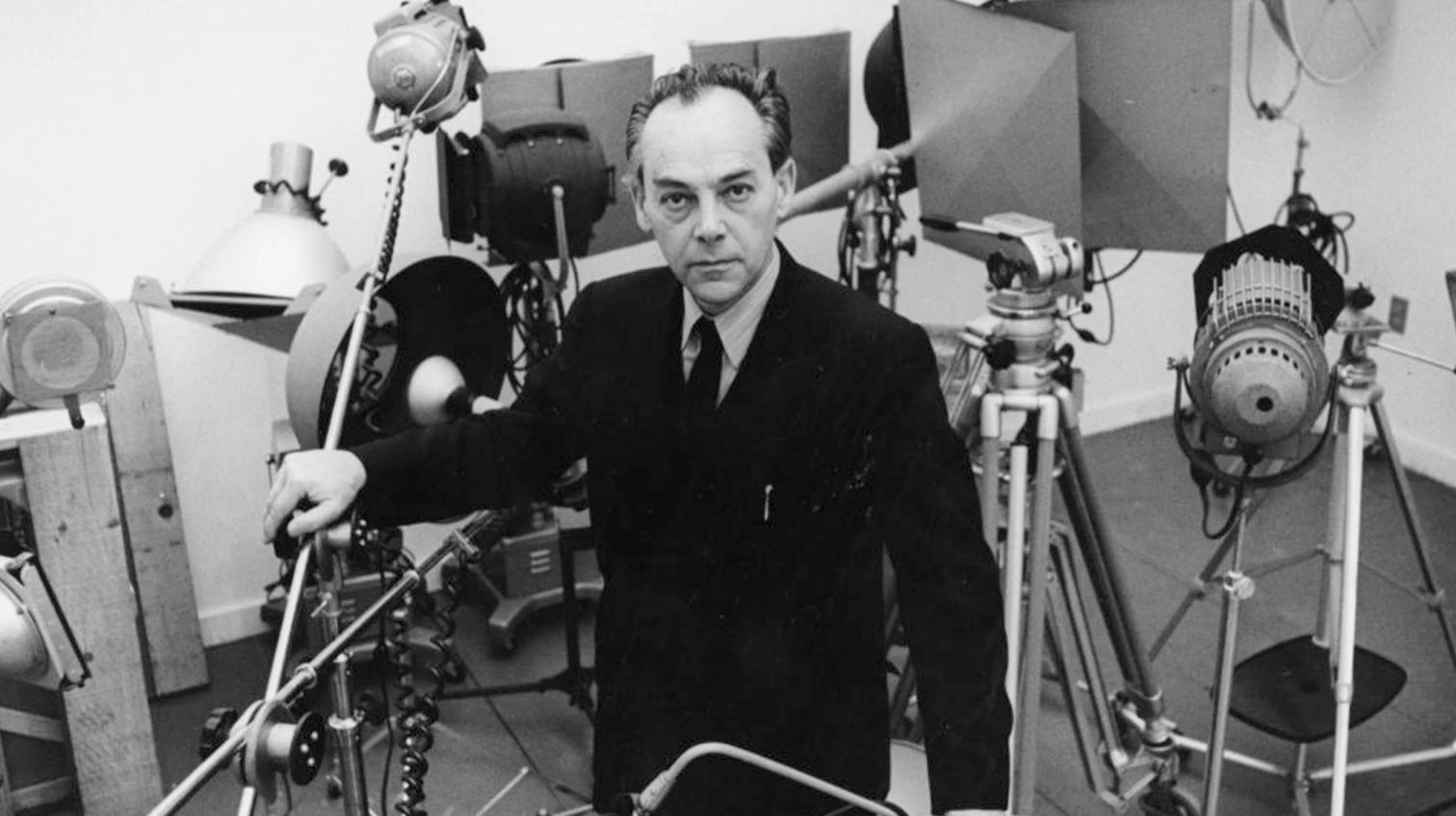
Some monographs stand out because they are well documented, others because they place their subjects in wider historical contexts. This one explores the intertwining of art, science, and military power during the Cold War through the interdisciplinary works of the Hungary-born artist and visual theorist Gyorgy Kepes (1906-2001), from the time he arrived at the New Bauhaus in Chicago to his years teaching at MIT.
John R. Blakingker – an art historian who studied and worked in American institutions and now teaches at Oxford – traces Kepes’s US career through a series of episodes: collaboration with the Armed Forces in camouflage techniques during World War ii; development of a visual design pedagogy, as seen in the exhibition ‘The New Landscape’ and the book The New Landscape in Art and Science; edition of the ‘Vision + Value’ series; Light Book, his unpublished masterwork; founding and directing MIT’s Center for Advanced Visual Studies; and CAVS proposals for massive environmental installations in the urban landscape. With encyclopedic ambition and persuasive prose (barring a few cynical excesses), the narrative offers a parallel reading that helps us understand mid-20th century and Cold War visual culture. Blakinger throws light on flaws in the teaching and practice of this continuer of the Bauhaus in the US, and upholds his ‘interthinking’ and ‘interseeing’ maxims as tools with which to face the artistic, technological, social, and political avatars included in this gem of a monograph.






